About Daniel Rhodes
| Artist | Daniel Rhodes |
| Born | May 8, 1911, Fort Dodge, Iowa, US |
| Died | July 23, 1989, at age of 78, in Reno, Nevada, US |
| Education | NYS College of Ceramics, The University of Chicago |
| Known For | Daniel Rhodes was know for using clay in the same way as paint, allowing for the creation of expressive forms and textures by applying multiple layers. |
| Spouses | Lillyan Rhodes, Mary Beth Coulter |
Over the course of his 25 years as a faculty member at the New York State College of Ceramics at Alfred University in Alfred, New York (a branch of the State University of New York), he established a national and international reputation as a potter, sculptor, and authority on studio pottery.
Daniel Rhodes Early Education And Career
Rhodes was born on May 8, 1911, in Fort Dodge, Iowa, and reared there as the son of Daniel J. and Margaret Agnes (née Brennan) Rhodes. He graduated from Fort Dodge High School in 1933.
During the summers of his high school years, he enrolled in summer courses at the Art Institute of Chicago.
He studied art history at the University of Chicago for four years (1929–1933), getting a Bachelor of Arts degree with a concentration in art history in his final year of study.

Working with Iowa painter Grant Wood at the Stone City Art Colony for two summers (1932 and 1933), he then went on to study at the Art Students League of New York (1933–34), where his teacher was Regional painter John Steuart Curry, who was a major influence on his work.
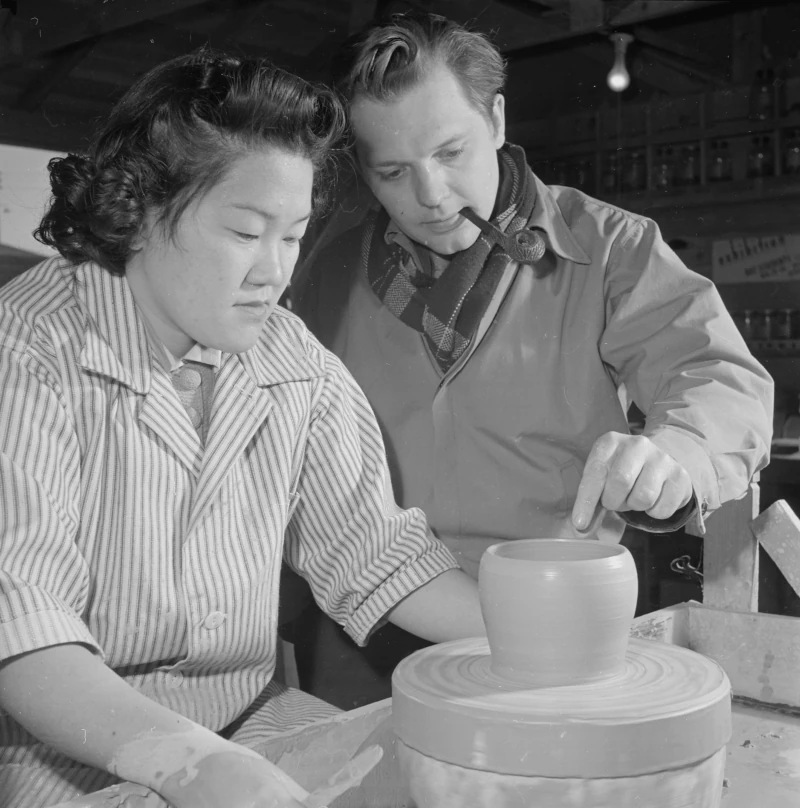
Daniel Rhodes (May 8, 1911–July 23, 1989) was an American artist, known as a ceramic artist, muralist, sculptor, author, and educator. Rhodes built a reputation as an authority on pottery. Rhodes is best known for manipulating clay like paint to build up expressive forms and textures. Daniel Rhodes uses a technique of applying applications of slips to achieve what Rhodes calls “fortuitous forms” of clay.
In Fort Dodge, Iowa, Rhodes lived for three years between 1935 and 1938, when he worked as a painter and muralist, was a member of the Fort Dodge Art Guild, and gave lectures at the Blanden Art Gallery (now the Blanden Memorial Art Museum).
The artist was quite engaged in the state’s art circles while residing in Iowa. He also frequently showed at the Iowa State Fair, where he was the first artist to win three consecutive yearly sweepstakes honors for oil painting from 1938 to 1940, breaking the previous record held by Grant Wood.
Upon completing additional study at the Colorado Springs Fine Arts Center in 1940 (during which time he began working with clay), Rhodes was accepted into the graduate program at the New York State College of Ceramics at Alfred University, where he graduated in 1942 as the first person to receive a Master of Fine Arts degree from the school’s program.
Rhodes remained in the Rochester, New York, area after earning his MFA from Alfred University. He worked as a designer for Glidden Pottery while living in Rochester.
When Rhodes was a student at the Art Students’ Workshop in Des Moines, Iowa, he taught there for two years. He also lectured at the Ottumwa Art Center and Iowa State University at that time.
Lillyan Estelle Jacobs, a potter, sculptor, and figurative painter from Des Moines who had met him at Stone City, proposed to him in 1940 and they were married in 1941. In their home, they brought up two children, one girl and one boy. In 1986, Lillyan Rhodes passed away.
Daniel Rhodes Murals
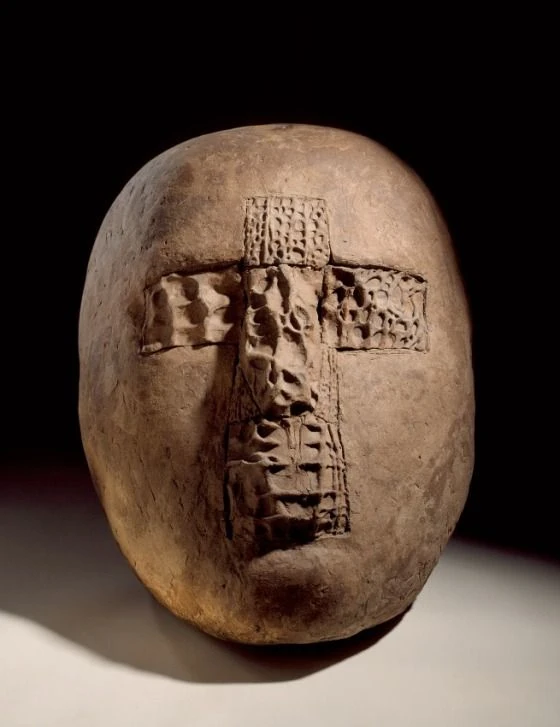
The Section of Painting and Sculpture commissioned Rhodes to create a number of murals, which he completed. The first, titled Storm Lake (1937), was designed for the post office in the town of Storm Lake, in the United States of America. In later years, after a new post office was constructed, the artwork was moved to the local public library.
A massive mural (110 feet wide by 10 feet (3.0 m) high), designed by Rhodes and another Iowa painter named Howard C. Johnson, was commissioned the next year and was to be installed in the Agricultural Building at the Iowa State Fairgrounds in Des Moines.
Titled The project was a memorial of Iowa agriculture, including planting, harvesting, production, and the meat packing sector, and it began where tillage began. Unfortunately, it was quickly derided by the general people and dismissed.
Passersby with strong opinions expressed dissatisfaction with the mural’s factual mistakes, said that the figures of Iowans were too serious, and objected to what they regarded to be a “too modern” aesthetic. Lloyd Cunningham, Secretary of the Iowa State Fair Board, issued an order in 1946 ordering the artwork to be demolished and the broken portions to be recycled as scrap lumber. Apparently, the mural has been reduced to a few images, which are now all that is left of it.
Another mural, titled Communication by Mail (1939), can be found in the town of Marion, in the state of Iowa. Rhodes created this mural using the time-honored technique of fresco-secco, which he applied directly to the lobby wall of the Post Office. It discusses the importance of railroads in the transportation of mail.
In 1968, the Marion Post Office was decommissioned and sold to the city of Marion for a nominal sum. Until 2005, the building served as the city’s administrative headquarters. The building stood vacant for more than a year before being purchased by a bank. The artwork will be moved to the Marion Heritage Center by Anton Rajer, a professional fine art conservator from Green Bay, Wisconsin, who will begin work on the project in June 2008.
The painting is expected to weigh between 2,000 and 3,000 pounds, and it will be removed off the building by a team of professionals in one piece.
Airmail (1941), a mural by Rhodes for the United States Postal Service at Piggott, Arkansas, was completed in 1941. The United States Postal Service (USPS) announced a series of postage stamps showing murals from post offices, including “Airmail,” on April 10, 2019, at Piggott. Postal Service planned to print 30 million of the stamps, according to a statement.
As a result of his success in completing these projects, Rhodes was commissioned to complete New Deal art projects in other states, including post office murals in Clayton, Missouri (which are now housed in the Federal Building in Des Moines) and Glen Ellyn, Illinois; and a cafeteria mural in the main United States Navy building in Washington, DC.
Career And Background Of Daniel Rhodes



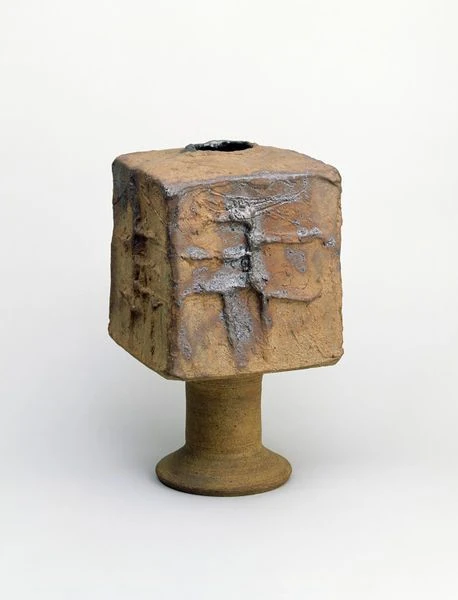
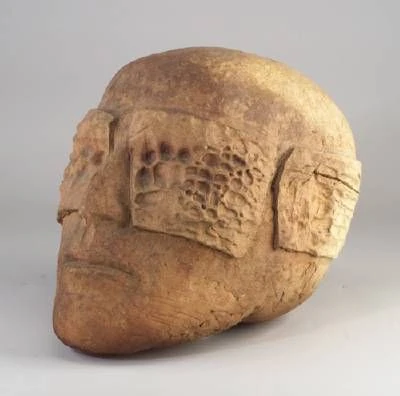
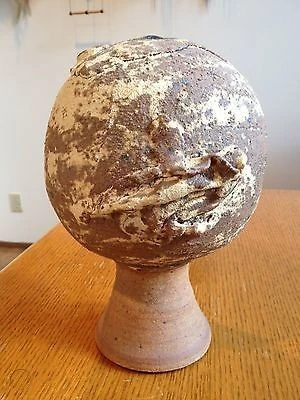
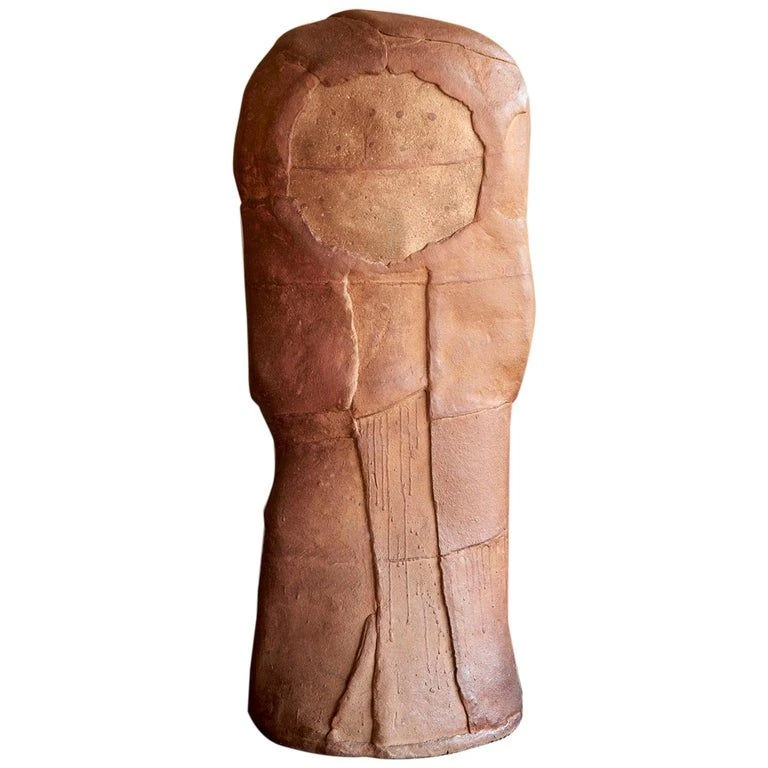
In 1943, they relocated to California, where he worked for the Henry J. Kaiser Corporation as a researcher in high-temperature ceramics in the city of San Jose. Three years later, they relocated to Menlo Park, California, where they established a full-scale ceramic workshop in 1947, producing thrown and cast ceramics for Gump’s, a San Francisco department store.
Meanwhile, Rhodes held temporary positions on the faculty of Stanford University (1946) and the San Francisco Art Institute (1946–47) during the same time frame. As a result, in 1947, they relocated to New York State, where Rhodes returned to his old mater, the New York State College of Ceramics at Alfred University, where he remained until his retirement in 1973.
Meanwhile, Rhodes was teaching ceramics at the University of Southern California in Los Angeles (1952–53), Black Mountain College in Asheville, North Carolina, and the Haystack Mountain School of Crafts on Deer Isle, Maine, throughout his time at Alfred University (1961). Rhodes went on to become a professor at the University of California, Santa Cruz from 1977 to 1980.
Rhodes was the recipient of a Fulbright Fellowship, and he spent the years 1962–1963 living in Japan. In 1973, the National Council on Education for the Ceramic Arts (NCECA) presented him with a medal of commendation in recognition of his achievements to the field of education.
In recognition of his accomplishments, significant retrospectives were held at the Blanden Memorial Art Museum in Fort Dodge, Iowa, in 1973, and at Iowa State University in Ames, Iowa, in 1974. (1986).
Towards the end of his life, Rhodes married his second wife, Mary Beth Coulter, who would become his third wife.
Daniel Rhodes Legacy
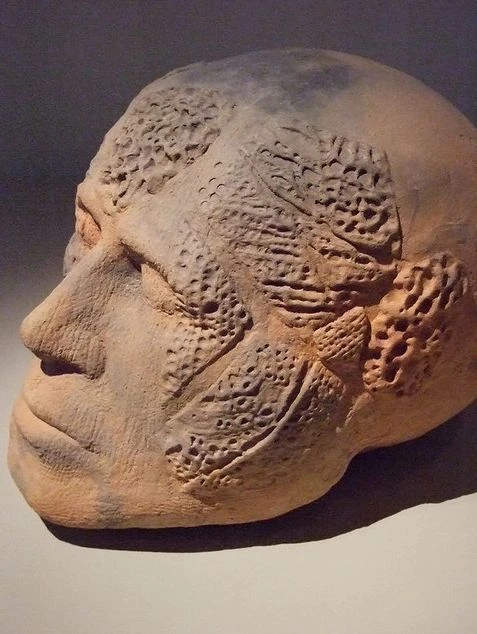
He was presenting a workshop at Sierra Nevada College when he was struck by a heart attack and died in Reno, Nevada, in July 1989, at the age of 78. He had been on a two-month tour of college campuses when he died in July 1989.
Some of Rhodes’ work can be found in permanent museum collections, including the Smithsonian American Art Museum, the Oakland Museum of California, the Victoria and Albert Museum, the Everson Museum of Art, and the Fine Arts Museums of San Francisco. Other permanent museum collections that contain his work include the National Museum of Modern Art in Kyoto, the Museum of Contemporary Crafts in Des Moines, Iowa, and the Museum of Contemporary Crafts in San Francisco.
Kari Marboe, an artist, developed a memorial work and exhibition for Rhodes at Mills College in 2020, titled Kari Marboe: Duplicating Daniel, which will be shown in 2020.
Daniel Rhodes Books
Rhodes is well-known as an author among studio potters and ceramic sculptors for his expertise in ceramics processes.
- Clay and Glazes for the Potter. Philadelphia: Chilton Book Company (1957).
- Stoneware and Porcelain: The Art of High-Fired Pottery. Philadelphia: Chilton Book Company (1959).
- Kilns: Design, Construction, and Operation. Philadelphia: Chilton Book Company (1968).
- Tamba Pottery: The Timeless Art of a Japanese Village. Tokyo: Kodansha International (1970).
- Pottery Form. Radnor, Pennsylvania: Chilton Book Company (1976).
- With Miska Petersham. Understanding the Small-Scale Clay Products Enterprise. Arlington, Virginia: Volunteers in Technical Assistance (1984).
Conclusion And Summary
Daniel Rhodes was an important American ceramic artist and educator of the 20th century. He was born in New York and trained in England with renowned potter Bernard Leach. Rhodes was known for his stoneware and porcelain pottery, and he taught ceramics at a number of institutions, including the New York State College of Ceramics at Alfred University. He authored several books on ceramics, including “Clay and Glazes for the Potter” and “Stoneware and Porcelain”. Rhodes’ work is characterized by a focus on simple forms and functional vessels. His pieces often feature subtle, earthy glazes and texture. Today, his work can be found in collections around the world, including the Thomas Liden Collection in London. More information about Rhodes’ life and materials can be found in books and articles on ceramics and art history.





